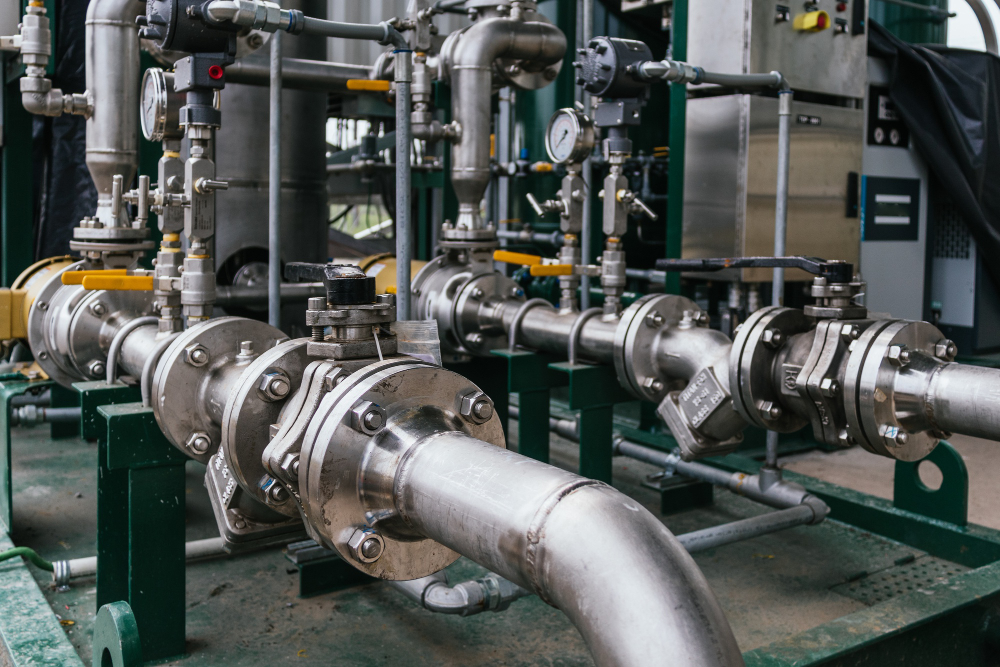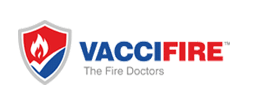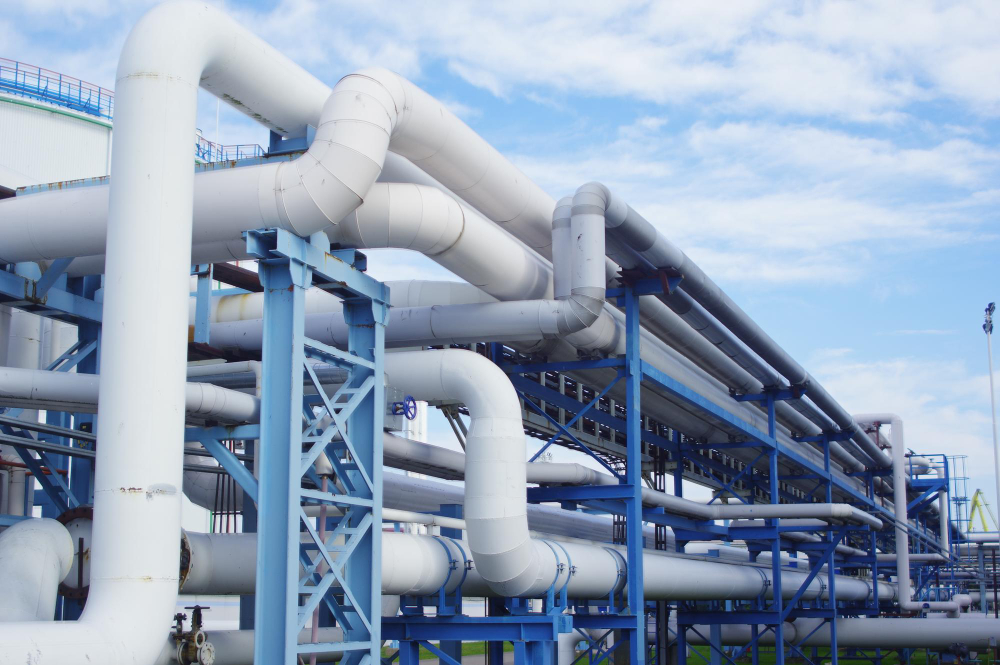Fire Service
Technical Services
Project
ARE YOU LOOKING FOR FIRE RELATED SERVICES?
Get in touch for fire audit, trainings, installation, maintenance and other services.
Contact Us
Project Handled

Utility and Plant Piping play a crucial role in various industries, ensuring the smooth flow of liquids and gases within a facility. Piping design is an essential aspect of engineering, responsible for creating efficient and safe systems for transporting fluids.
Piping design involves planning, creating, and managing piping systems. It encompasses various aspects like engineering piping design, piping system design, and process piping design. But what exactly is piping design? It’s the process of designing the layout of pipes within a plant or facility to ensure the efficient transfer of materials.
Piping layout refers to how pipes are arranged within a facility, optimizing space and functionality. Process piping, on the other hand, deals with pipes used in industrial processes, such as chemical manufacturing. It’s crucial to distinguish between process piping and power piping, as they serve different purposes and have specific regulations governing their design.
Equipment layout is another critical element in piping design, ensuring that machinery and components are placed strategically to facilitate smooth operations. You can find valuable resources on piping design and manufacturing, including process piping design PDFs and power plant piping PDFs, which offer detailed insights into these topics.
Utility and plant piping, along with piping design, are essential in various industries. Understanding the differences between process piping and power piping, as well as the importance of equipment layout, is crucial for designing efficient and safe piping systems.
Utility and plant piping refer to the network of pipes used in industrial facilities to transport fluids, gases, or other materials for various purposes, such as heating, cooling, or processing.
Piping design is the process of planning and creating the layout of pipes within a facility to ensure the efficient and safe transfer of materials. It involves considerations like pipe size, materials, and routing.
Process piping is used in industrial processes, such as chemical manufacturing, while power piping is associated with power plants and typically deals with high-pressure systems. The key difference is in their applications and regulations.


